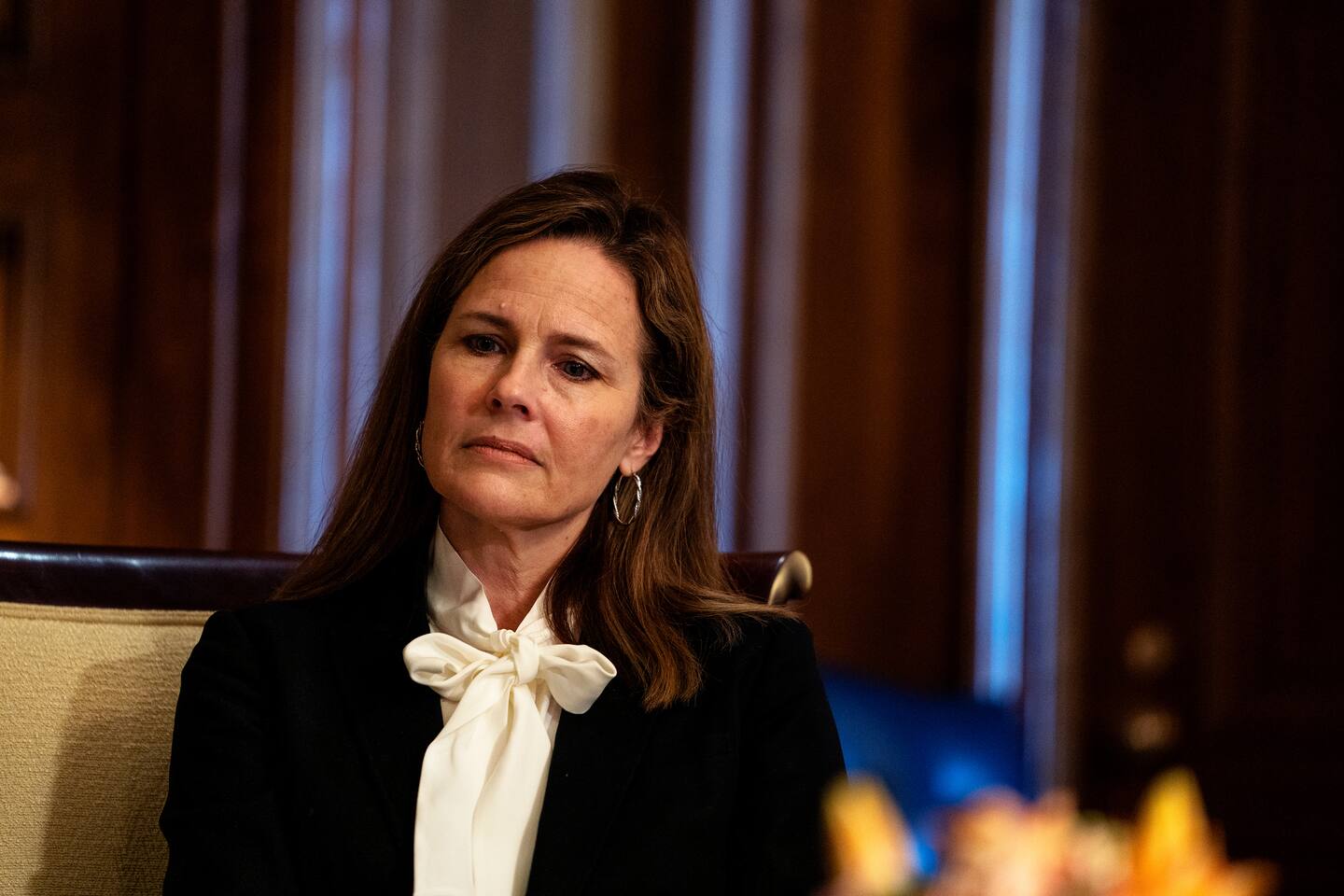The Supreme Court finally has a majority that will protect religious freedom

The covid-19 pandemic has forced almost all states to issue guidelines restricting the number of people who can gather at one time, especially indoors. This necessarily affects houses of worship, as they regularly hold indoor gatherings with hundreds or even thousands of people in close quarters. Pandemic-driven restrictions clearly interfere with the free exercise of religion, which is protected by the First Amendment. Not all of these restrictions go too far, of course, but it was inevitable that the Supreme Court would have to interpret that protection and ascertain how stringently a government can restrict religious freedom while it seeks to restrict the virus’s spread.
Earlier this year, the court issued two rulings that allowed states to place harsher restrictions on houses of worship than on other indoor gatherings. These cases, which arose in Nevada and California, were decided on 5-to-4 votes, with Chief Justice John G. Roberts Jr. siding with the court’s then-four liberals. The Nevada case was especially infuriating, as the state’s regulations explicitly allowed casinos and other tourist-attracting institutions to host hundreds of more people inside their walls than churches, mosques or temples could welcome in theirs. That ruling effectively said the state can allow residents to worship Mammon while restricting their worship of God.
Wednesday’s decision rightly reversed this noxious notion. The court held that Cuomo’s regulation, which capped attendance at houses of worship in areas in the most restrictive “red” and “orange” regions of the state to 10 or 25 people regardless of the edifice’s capacity, to be a clear constitutional violation. The majority opinion noted that in the “red” areas, stores could contain hundreds of people at once, while non-essential businesses in “orange” areas faced no mandatory limit on the number of people who could gather inside. Houses of worship, however, were arbitrarily capped at minuscule numbers in both regions. The court drily noted that there was no reason the smaller number of permitted worshippers was necessary to protect public health.
This reversal was possible only because of Barrett. Without the late justice Ruth Bader Ginsburg, there were only three liberals to join the chief justice in support of the governor’s order. Barrett joined the four conservatives who had dissented in this summer’s cases to form the majority in this one. Liberals have often marveled at how religious conservatives could so fervently back a decidedly imperfect man in President Trump. This case, in which all three of Trump’s appointees formed the majority’s backbone, shows why they did.
Those worried that this case portends the arrival of religious dogma as the font of the court’s wisdom need not fear. The majority opinion clearly noted that houses of worship were subject to pandemic-related health restrictions just like any other institution; the free exercise clause does not supersede social obligations in an emergency. The court noted that there was no evidence the institutions bringing the case, the Roman Catholic diocese of New York and Agudath Israel, had violated regulations applicable to nonreligious institutions or that gatherings there this summer had led to any outbreak. Instead, the bulk of the court’s opinion focuses on the arbitrary and unequal treatment meted out to religious organizations, and thus reads as much as an application of equal protection clause jurisprudence as it does a defense of the First Amendment.
It is telling, then, that the court emphasized the free exercise issues. In a short paragraph, it noted, “The loss of First Amendment freedoms, for even minimal periods of time, unquestionably constitutes irreparable injury.” It stated that a Catholic’s inability to receive Communion because of covid-19 restrictions was such an injury, as was the Orthodox Jew’s inability to engage in “important religious traditions” because they “require personal attendance.” The court’s brief inclusion of these statements shows that a majority is inclined to seriously consider arguments that religious free exercise is more than just a right to private conscience.
Liberals have often defended the court’s jurisprudence as a defense of minority rights against majority tyranny. Barrett’s confirmation shows there is now a court majority that recognizes religious rights are worthy of constitutional protection, too. That’s a development that will likely pay dividends for conservatives for years — and perhaps decades — to come.
Read more:






